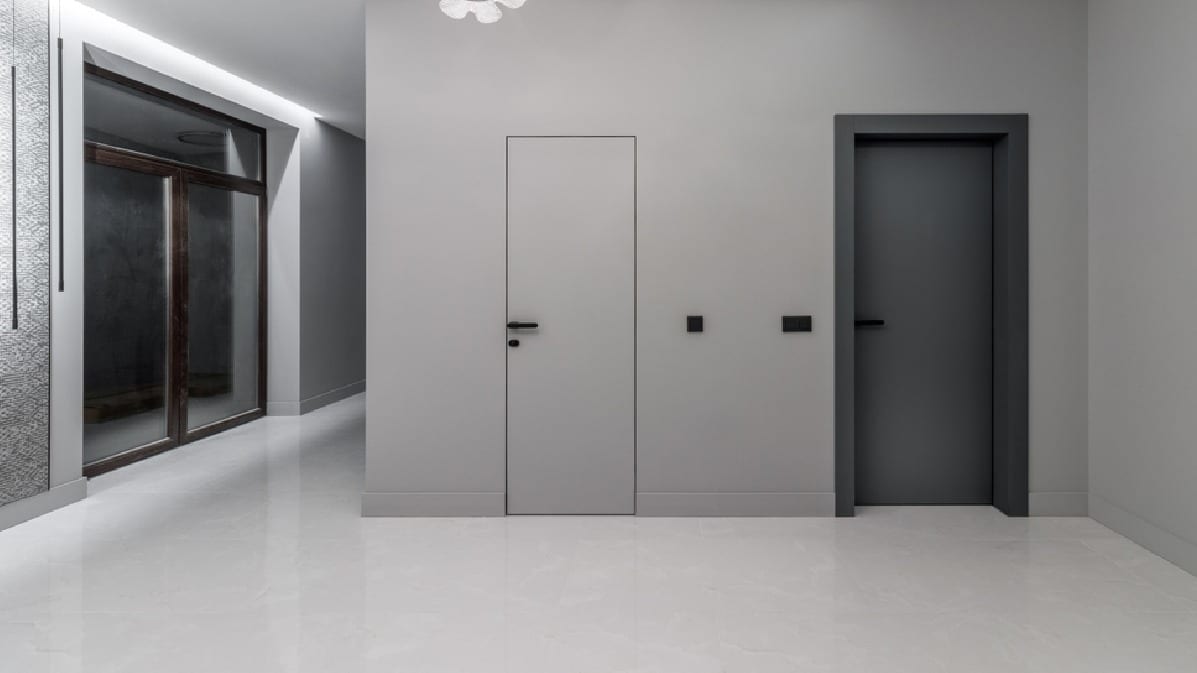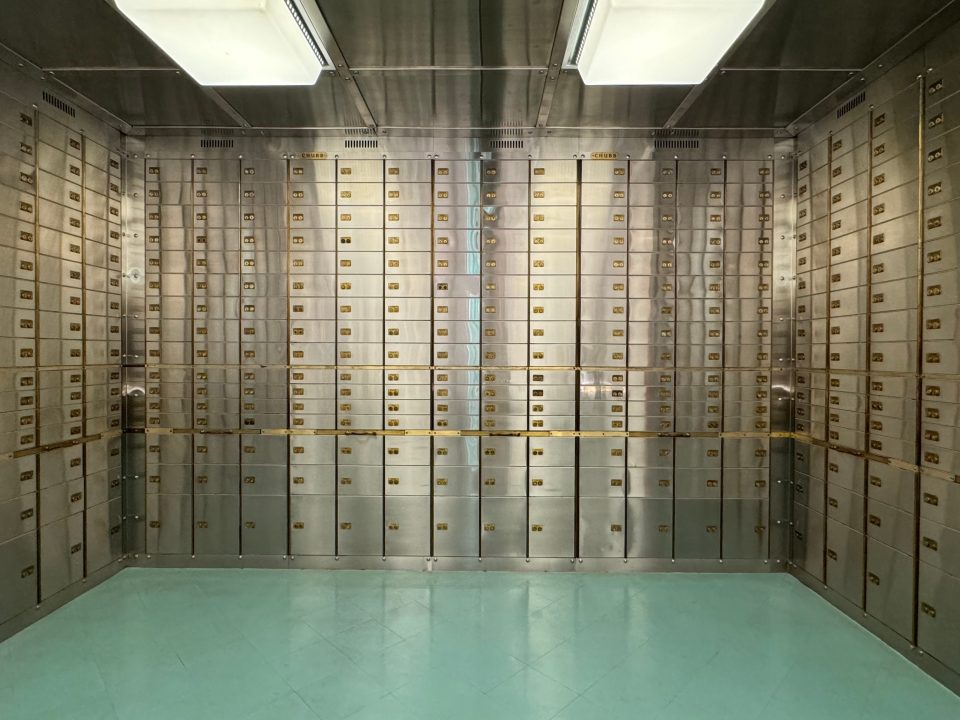Security Doors vs. Regular Doors: What’s the Real Difference for Luxury Homes?

How Hidden Jewellery Safes Enhance the Value of Ultra-Prime Properties

How to Secure Your Watch Collection: The Role of Professional Watch Winders
If your house looks like a million bucks but your door’s made of pressed wood and a deadbolt from the hardware store, you’re leaving the gate wide open literally.
We spend so much time picking floors, faucets, and wall art, yet often forget about the one thing that protects our family: the front door.
That’s where the idea of a safety door home enters. Not a buzzword. Not a gimmick. Just a smarter way to seal your home and sleep better.
Looks Can Fool You Especially with Standard Doors
Let’s get something straight: most doors that come with homes, even expensive ones, aren’t built to handle much. A strong kick. A pry bar. Maybe even a bad storm. That’s all it takes.
The FBI says over half of residential break-ins start at a door. No fancy hacking. No spy tools. Just brute force on a weak frame.
Ever knocked on a hollow-core door and felt how empty it sounds? That’s not security. That’s the decor.
Security Doors Don’t Just “Look Tough”, They Are
Modern security doors don’t look like vault doors or clunky metal sheets. They look stylish and clean. But inside, they’re tough, made with reinforced steel and strong locking rods. Some have seals that can handle heavy storms.
Most good security doors can take thousands of pounds of pressure. A few are even bulletproof or fireproof, but that’s not common. What matters is how solid they feel when you close them, you hear a strong, confident thud.
Some come with smart locks. Others use multi-point locks that secure the door in three or four places. You don’t see the hardware, but it’s there, keeping you safe.
They Keep More Than People Out
A good door keeps out bad weather, too. It protects from heat, humidity, wind and noise. Even bugs, if you live in the South side.
Security doors tend to be heavier and tighter sealed. That means less air leaks, which turns into energy savings. Some homeowners report 20–30% off their heating and cooling bills. Not bad for something you use every day without thinking. Even the loud construction noise outside doesn’t make it through.
Smart Features Without the Headache
A lot of people assume that adding technology to their front door means headaches, apps that freeze, batteries dying, systems that feel like more hassle than help. But today’s smart security doors are built with ease in mind.
You’ll find fingerprint entry, phone-connected access, and programmable codes that let you give temporary access to visitors or service providers. If you are going on vacation? You can monitor and control your door remotely. And if something suspicious happens? You’ll get an alert in real-time.
These smart options aren’t gimmicks, they’re thoughtfully integrated features designed for real life.
Easy Installation & Low Maintenance
Another common misconception is that security doors are costly to install or require high maintenance. The truth? If your door frame is structurally sound, most security doors can be installed by a professional in just a few hours.
After that, maintenance is minimal. Unlike traditional wooden doors that swell, warp, or chip, security doors are made from composite or metal materials that hold their shape and finish over time. A quick wipe-down, a check on the locking system every few months, and that’s it.
They Don’t All Look the Same
You might be picturing one of those bulky, industrial-looking doors you’d see in a warehouse. But today’s security doors come in an impressive range of finishes from clean-lined modern styles to rich wood grain textures that blend beautifully with high-end architecture.
You can choose from frosted glass inserts, brushed hardware, and custom colors—this type of door offers all of it. The best part is, the design now matches the advanced security features, and that’s a great combination.
Common Misunderstandings About Security Doors
Let’s address a few misconception about security doors quickly:
- They’re not always expensive. Entry-level models are available that still offer strong protection.
- They’re not just for mansions. Any home with valuables (and let’s be real, that’s all homes) benefits from better protection.
- They’re not overkill. You insure your home, right? A security door is like insurance you can touch.
Bottom Line
There’s no one-size-fits-all answer. But if your home’s worth protecting and most are, why rely on a door that wouldn’t hold up in a pinch?
A house safety door doesn’t shout. It just works. It’s one of those upgrades you don’t appreciate until the day you really do.
If you’re thinking about peace of mind, energy savings, and better sleep, it might be time to rethink what’s on your hinges.
Argus Security is one name doing it right, with doors that blend safety and style. Worth a look, if you’re looking.
![]()





